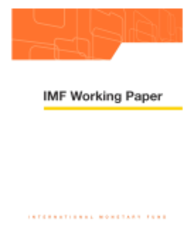
Wage Expenditures of Central Governments
Central government wage expenditures accounted for 7 percent of GDP in 99 countries during 1980-90 (unweighted average). Regression analysis indicates that federations, countries with high populations and high per capita incomes, heavily indebted countries, and small low-income economies tend to have lower central government wage expenditures as a percent of GDP. Access to private nonguaranteed foreign financing is associated with higher wage expenditures, while public and publicly guaranteed foreign financing is not; the public and publicly guaranteed foreign financing is often provided for government capital projects. Medium-term structural adjustment programs, on average, have a negative association with wage expenditures, while short-term stabilization programs do not. The negative correlation between central government wage expenditures and per capita income appears related to the level of centralization of government expenditures. General government wage expenditures are higher in industrial countries than in developing countries.
Publication date: January 1995
ISBN: 9781451842739
$15.00
Add to Cart by clicking price of the language and format you'd like to purchase
Available Languages and Formats
| English |
Prices in red indicate formats that are not yet available but are forthcoming.
Topics covered in this book
This title contains information about the following subjects.
Click on a subject if you would like to see other titles with the same subjects.
Labor , Public Finance , expenditures , wage , wage expenditures , expenditure
Summary
Copyright © 2010 - 2025
Powered by:
AIDC



